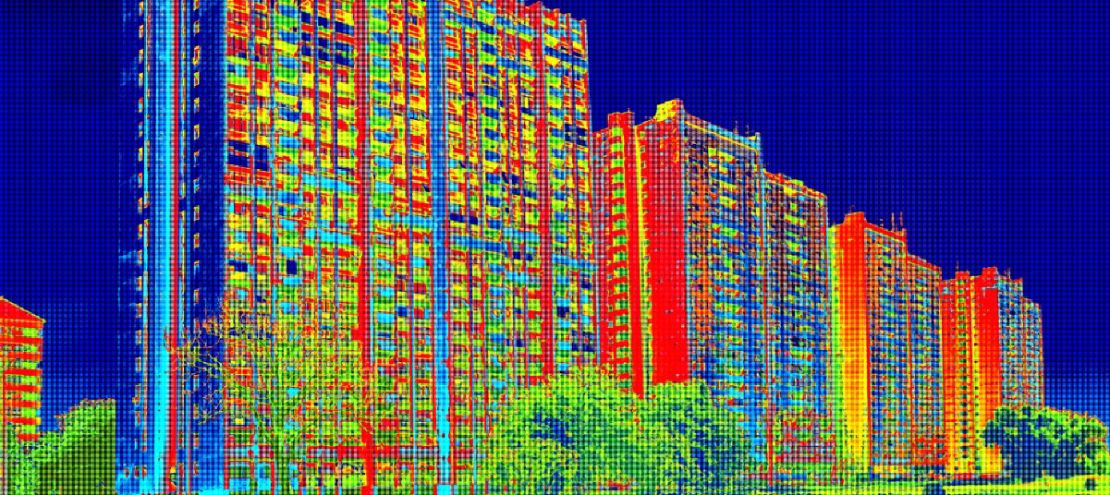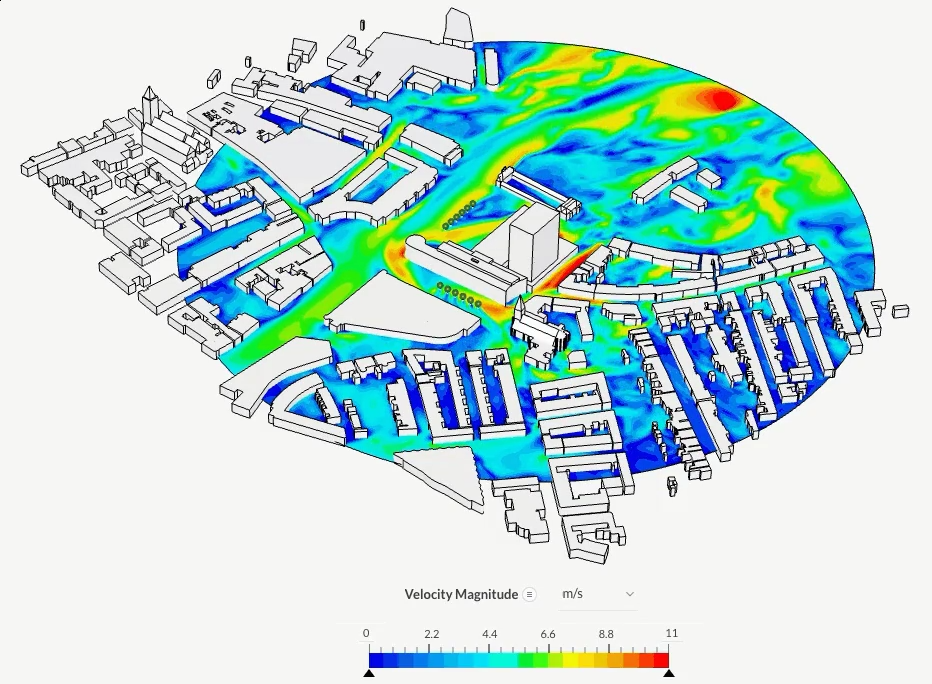
INSIGHT August 06, 2024
Harnessing Efficiency with Thermal Dynamic Modelling: Pioneering Sustainability in the Built Environment
In the quest for sustainability and energy efficiency within the built environment, thermal dynamic modelling emerges as a key protagonist. This advanced simulation technique offers a comprehensive understanding of how buildings interact with their surroundings, particularly in terms of heat and energy flow. By accurately predicting thermal behavior, it enables architects, engineers, and planners to make informed decisions that significantly enhance a building's performance.
This article delves into the transformative power of thermal dynamic modelling, exploring its benefits, applications, and the vital synergy between technology and environmental stewardship it encapsulates.
The Essence of Thermal Dynamic Modelling
Thermal dynamic modelling is a sophisticated analytical process that simulates the thermal interactions between buildings and their environment over time. Utilizing complex algorithms, it considers various factors including climatic conditions, building orientation, materials, and mechanical systems to predict a building's thermal performance. This predictive capability is instrumental in designing spaces that naturally maintain thermal comfort, reduce energy consumption, and minimize environmental impact.
The Role in Achieving Energy Efficiency
Energy efficiency in buildings is paramount in the global effort to reduce carbon emissions and combat climate change. Thermal dynamic modelling stands at the forefront of this endeavor, offering detailed insights into energy use and identifying opportunities for efficiency improvements. By simulating different scenarios, it helps in selecting the most effective strategies for insulation, glazing, ventilation, and heating/cooling systems. This not only leads to a reduction in energy demand but also paves the way for integrating renewable energy sources more effectively.
Enhancing Sustainability through Informed Design
Sustainability in the built environment extends beyond energy efficiency. It encompasses the creation of spaces that are livable, comfortable, and in harmony with nature. Thermal dynamic modelling facilitates a holistic approach to sustainable design by allowing for the optimization of natural light, enhancing indoor air quality, and promoting the use of sustainable materials. This approach ensures buildings not only consume less energy but also contribute positively to the well-being of their occupants and the environment.
Applications of Thermal Dynamic Modelling
The applications of thermal dynamic modelling are diverse and impactful, stretching across the lifecycle of a building from design to operation:

Dynamic simulation modelling boosts efficiencies, lowers overdesign [representative image] @MEP Middle East
Design Optimization
At the design stage, thermal dynamic modelling serves as a powerful tool for optimizing building orientation, geometry, and envelope performance. It allows designers to explore how different design choices impact energy consumption and thermal comfort, enabling the selection of solutions that best balance aesthetics, functionality, and sustainability.
Retrofitting and Renovation
For existing buildings, thermal dynamic modelling can identify retrofitting opportunities that significantly enhance energy efficiency. By assessing how changes to insulation, windows, and HVAC systems affect thermal performance, it supports the implementation of targeted interventions that reduce energy use and improve occupant comfort.
Climate Adaptation
As climate change leads to more extreme weather conditions, thermal dynamic modelling helps buildings adapt to changing environments. Simulations can predict how increased temperatures or altered precipitation patterns will affect thermal comfort and energy demand, guiding adaptations that ensure resilience and sustainability in the face of climate change.

Visualization of transient velocity plot at pedestrian level @Simscale
Renewable Energy Integration
Incorporating renewable energy sources into buildings is crucial for achieving sustainability goals. Thermal dynamic modelling aids in determining the most effective configurations and capacities for solar panels, wind turbines, and other renewable systems, ensuring they meet the building's energy needs as efficiently as possible.
The Synergy between Technology and Environmental Stewardship
Thermal dynamic modelling epitomizes the synergy between advanced technology and environmental stewardship. By leveraging sophisticated simulations, it not only enhances the energy efficiency and sustainability of buildings but also underscores the responsibility of the built environment sector in protecting our planet. This technology-driven approach allows for the creation of spaces that not only serve their immediate occupants but also contribute to the broader goals of environmental conservation and sustainability.
The Path Forward: Embracing Thermal Dynamic Modelling
Embracing thermal dynamic modelling is a critical step forward in the journey towards more sustainable and energy-efficient buildings. As the technology continues to evolve, its accessibility and applicability are expanding, making it an invaluable asset for projects of all sizes and complexities. The path forward involves continuous innovation, education, and collaboration, ensuring that the benefits of thermal dynamic modelling are widely recognized and utilized across the construction and design industries.
Continuous Innovation
The field of thermal dynamic modelling is continuously evolving, with advancements in software capabilities and computational power enhancing its accuracy and usability. Staying abreast of these developments is crucial for professionals in the built environment, enabling them to leverage the latest tools and techniques in their projects.
Education and Skill Development
For widespread adoption of thermal dynamic modelling, education and skill development are key. Architects, engineers, and builders must be equipped with the knowledge and skills to effectively use thermal dynamic modelling tools. This requires targeted educational programs and ongoing professional development opportunities that highlight the importance and practical application of this technology.
Collaborative Efforts
Achieving sustainability in the built environment is a collective endeavor that necessitates collaboration across disciplines. Thermal dynamic modelling facilitates this collaboration by providing a common framework for architects, engineers, environmental scientists, and other stakeholders to work together. By sharing insights and integrating expertise, the full potential of thermal dynamic modelling can be realized, leading to innovative solutions that advance the goals of energy efficiency and sustainability.
Conclusion: A Sustainable Future with Thermal Dynamic Modelling
Thermal dynamic modelling represents a critical juncture in the pursuit of sustainable urban development. By harnessing the power of this technology, the built environment can significantly reduce its carbon footprint, enhance the well-being of its occupants, and contribute positively to the global ecosystem. The transformative power of thermal dynamic modelling lies in its ability to inform and inspire action towards greater energy efficiency and environmental stewardship, embodying the principles of sustainability in every facet of urban design and construction.
How ECOBUILD Can Help?
At ECOBUILD, we are dedicated to pioneering sustainable solutions for the built environment. Our expertise in thermal dynamic modelling enables us to offer advanced analysis and insights for optimizing the energy efficiency and sustainability of buildings.
From the initial design phase to retrofitting existing structures, our team employs cutting-edge techniques to ensure your projects achieve optimal thermal performance and environmental harmony.
